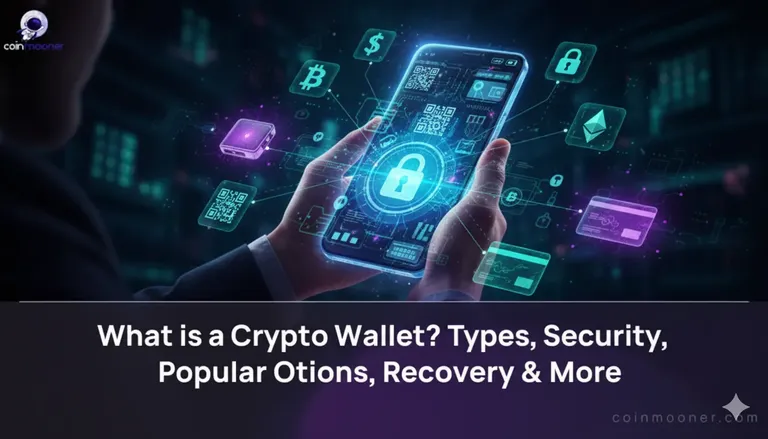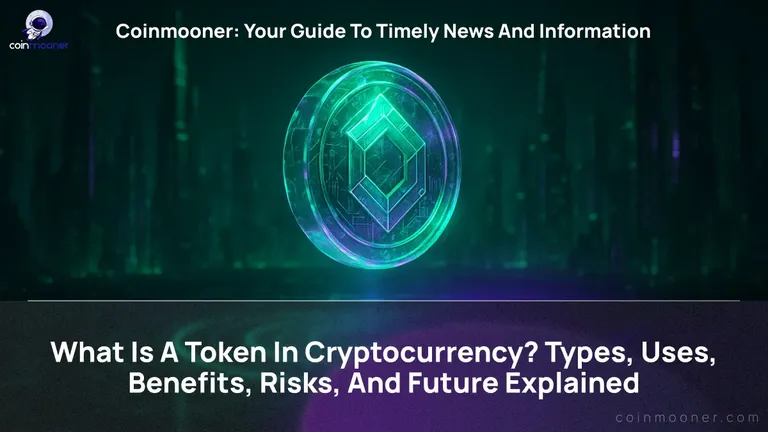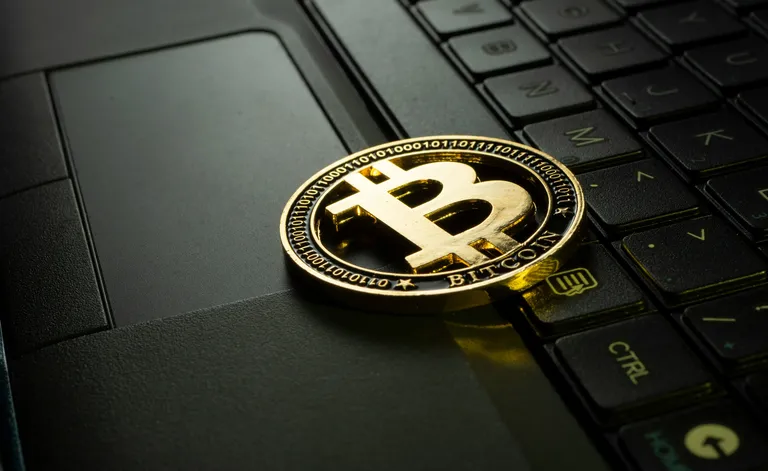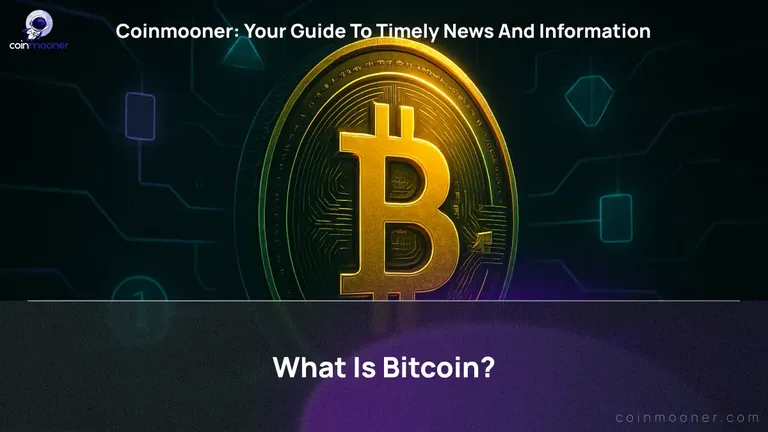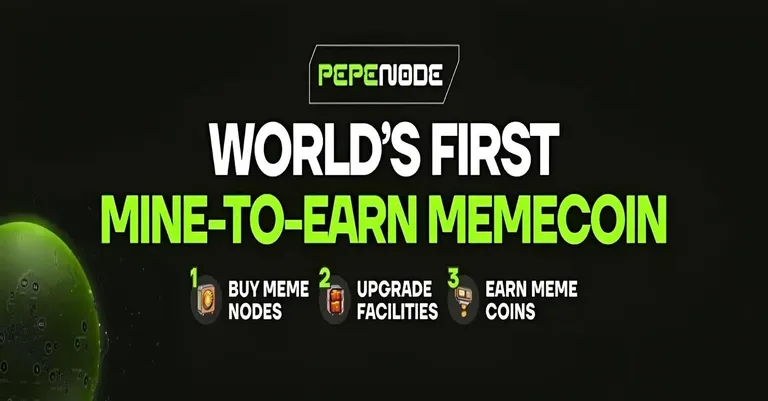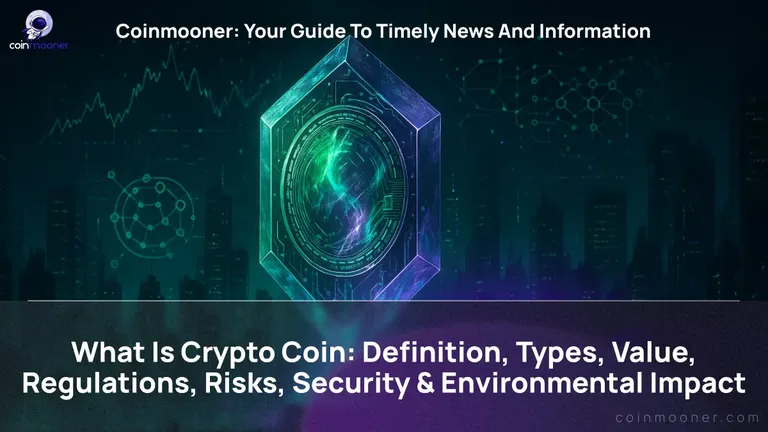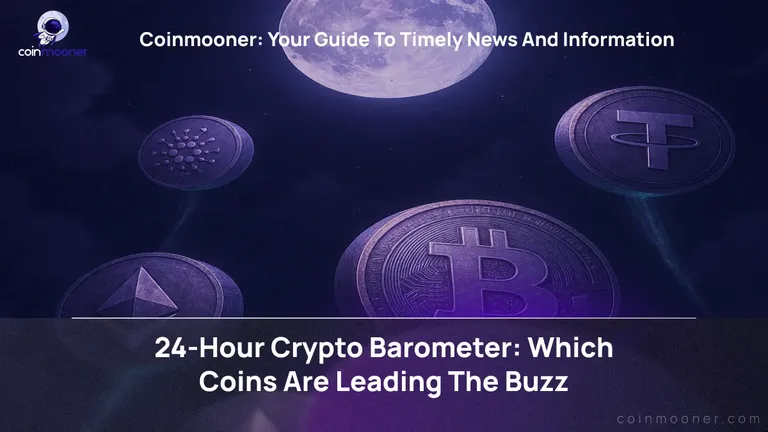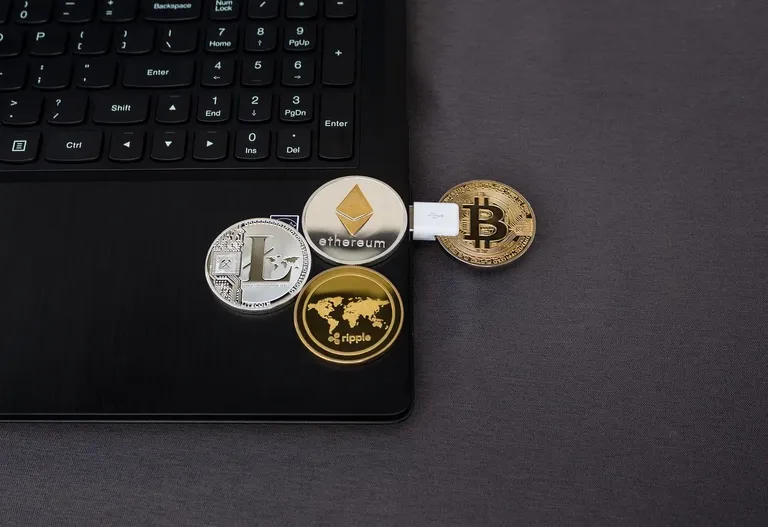NFT Farming: What Is It and How Does It Work?

Initially, we need to explain such concepts as NFT and DeFi because they are directly related to the topic of NFT farming. NFTs or non-fungible tokens are units of data stored in a blockchain. They are not reproducible, so they are unique. In practice, they are usually associated with digital media, which may refer to an image, video, audio, or in-game item. The concept allows individuals to own the exclusive rights to NFTs and also allows the value of NFTs to increase.
DeFi is the concept of providing financial services on decentralized blockchains using smart contracts. The goal of DeFi is to expand access to financial services by eliminating traditional intermediaries, such as banks and financial institutions.
What Is NFT Farming?
NFT farming is any way of earning with the help of non-fungible tokens. It appeared due to the development of the yield farming sphere and an increased interest in it. Farming covers developing strategies, investing in liquidity pools, making loans, and buying and holding a certain type of digital currency. In addition, NFT holders can take part in the development of new projects like games and earn money through gaming activities by improving their gaming accounts and using in-game features for commercial purposes. All this happens within the framework of DeFi protocols with passive income generated in tokens.
How Does It Work?
In general terms, this process is carried out through a certain type of activity in decentralized financial services, which, in turn, contributes to an increase in liquidity on DeFi platforms. It is worth highlighting two main directions in current NFT farming — traditional and gamified. They are slightly different in their basics, and the former is still more famous.
Features of NFT Yield Farming
It implies a type of investment that generates income by providing liquidity through placing NF tokens in a pool (mining liquidity) or granting them credit through smart contracts (lending).
The meaning of liquidity lies in selling an asset in a short time at a favorable price. The easier and faster it is to sell, the more liquid the asset is considered. The high liquidity of a DeFi platform means that there is demand for the asset from both the buyer and the seller. A liquidity pool is a smart contract on decentralized exchanges. It is a kind of storage for tokens, which supports the trading process. The funds blocked on the smart contract account are used for various exchange operations and trading. So, yield farming is a process that allows you to increase your profit by providing a pool of liquidity with funds that other users will exchange. In return for this, exchanges pay you additional rewards. This is a kind of project investment.
Lending, in simple terms, assumes loaning coins out for temporary use. Thus, you provide a crypto loan at interest to a third party (platform), which will put the funds into circulation and act as a guarantor of their return. The parties agree on when and in what amount the assets will be returned to the lender.
Thus, yield farming with NFT ensures a passive income without your active intervention in the process.

Features of Gamified NFT Farming
Over the past year, the P2E model has become especially popular among digital asset owners. Play to Earn is a new term for video games where gamers can earn cryptocurrencies and NFTs through their gaming activities. As a rule, each unique token, such as a character, card, item, or feature, has a special value. Therefore, depending on the specifics of a game, the user can collect these NF tokens to improve, sell, and exchange them with other players. Further, the user can withdraw funds received for these activities, exchange them for other currencies, use them in other projects, and much more.
It is worth noting that games that use NFTs come in different types, from arcades to simulations, with any theme and complexity. Such projects often reward their players for completing simple tasks and quizzes every day. You can also replenish your wallet with tournaments and bets.
Taking part in P2E games requires only a smartphone or access to a desktop computer. Initial investments include buying the first characters, cards, or other in-game items that serve as non-fungible tokens. Meanwhile, this type of crypto earning is considered profitable and fun. After all, you have the opportunity to do what certainly brings joy while receiving some benefits convertible into real money.
What Are the Best NFT Farming Platforms?
It is very difficult to say which NFT farming platform is the best because each of them has certain peculiarities. However, the list below shows the most promising and interesting projects in 2022.
Bunicorn.Finance
It is a gaming platform that combines decentralization, blockchain technology, and NFT gamification. The most prominent feature of the service is a new approach to liquidity mining. The project contains tokens with a limited lifetime, which prevents getting rid of them straight after receiving the assets from the mining pool.
Bunicorn has its own token, which is BUNI. Thanks to it, players can earn rewards for staking and participating in platform management. They acquire the tokens by collecting part of the income from fees charged on the Bunicorn decentralized exchange. Another way of getting hold of the tokens is engaging in a role-playing game, the design of which is slightly reminiscent of the famous Pokemon series.
MOBOX
The MOBOX platform features a unique infrastructure that brings together several games of different genres, and NFT marketplace, yield farming opportunities, and much more. Namely, users can earn tokens in the games and receive more rewards for staking them or rent out their NFTs and take part in MOMO mining. Holders of the native tokens are also entitled to engage in voting on changes to the features of the platform.
Pulsar Farm
This is another project where you can find NFTs coming in the form of alien pets, blockchain gaming implemented in a series of PvP and PvE games, and yield farming that allows earning tokens. Actually, the platform generates two token types, Gamma Pulsar and Gamma Bounty, both of which can be traded or put into liquidity pools. Furthermore, by leveling up a character or getting to the top of the leaderboard, players can receive rewards and passive income while completing exciting missions and participating in fun battles. Notably, the platform offers an insurance model to protect the players’ investment.
Zookeeper
The next interesting and profitable project is based on Wanchain. Currently, it provides its players with ZOO and WASP tokens and uses NFTs. Zookeeper’s NFTs can be linked to a liquidity pool to earn higher rewards. Activities in the "zoo" are quite diverse. You can select different liquidity pools, and if you have the required amount of funds, choose a pair, set a blocking period, buy different items, and much more.
The Risks of NFT Farming
Anyone who is interested in crypto earnings should understand that there is no such thing as a 100% absence of risks. NFT farming in the crypto world can be a bit tricky for newcomers since they do not have enough DeFi knowledge. Users are also exposed to additional risks of recurring losses and price changes during times of market volatility. DeFi protocols are public, but they depend on several applications to run smoothly. If any of these core apps do not work properly, it could impact the entire app ecosystem and result in a loss of investor funds.
Conclusion
After reading this article, you can answer the question of what NFT farming is. Namely, it is a kind of cryptocurrency cashback for participating in a DeFi project. It brings good benefits since when this cashback is paid out in the form of a governance token, it becomes possible for the holder to participate in resolving issues on the further development of the project. It’s as if a bank were sharing a small part of its authorized capital with users for each transaction they make in the system.
Frequently Asked Questions
What Are the Best Staking Coins?
The most popular and well-known cryptocurrency for staking is Ethereum. Still, there are also a number of other equally promising assets, such as Tezos, VeChain, Cosmos, Algorand, Lisk, Synthetix, and others.
How to Choose the Best Staking Crypto?
It is necessary to take into account the profitability of a project based on historical data.
What Are the Benefits of Top Staking Coins?
They give investors an excellent way of receiving various types of passive income, starting from earning interests and ending with obtaining rewards, including those that come in the form of non-fungible tokens.


